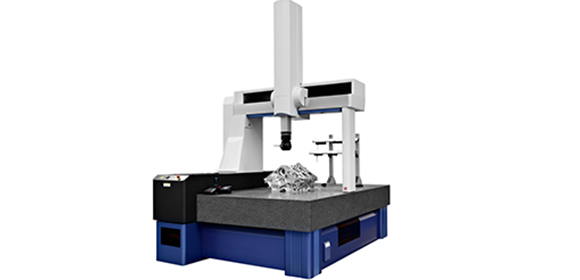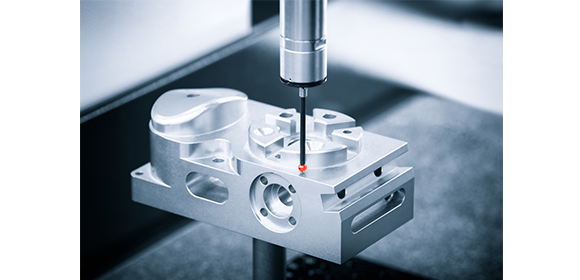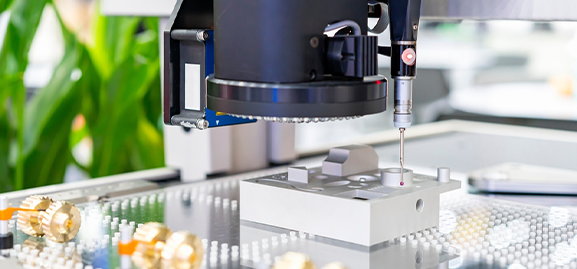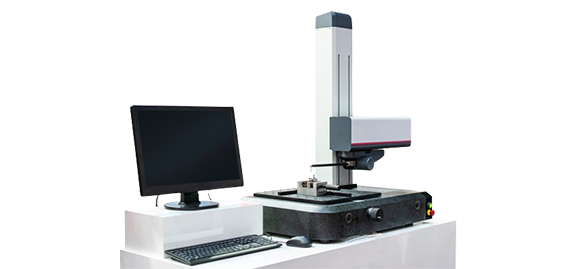The Problem Statement:
An aerospace company needed to ensure that turbine blades met stringent surface roughness requirements to avoid aerodynamic inefficiencies and potential failures.
Solutions:
The company utilized a Roughness Tester to inspect the surface finish of turbine blades. Measurements of roughness parameters such as Ra, Rq (root mean square roughness), and Rt (total roughness) were taken at critical points on the blades.
Impact:
The precise roughness measurements allowed the company to identify and rectify surface finish issues, leading to improved aerodynamic performance and reliability of the turbine engines.




